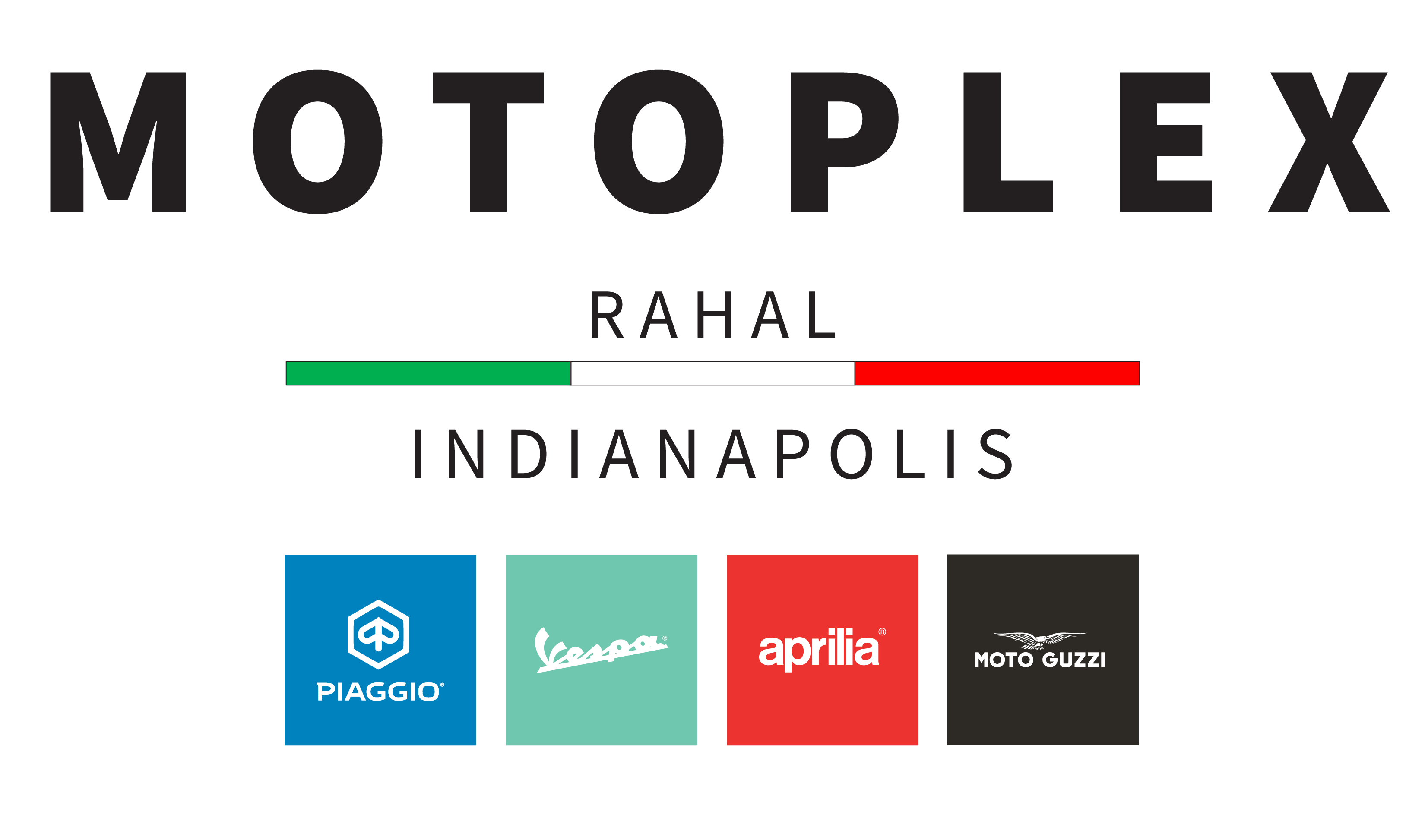History of Piaggio
We’re kicking the new year off with another spotlight on one of our iconic brands. This time around we are taking a closer look at Piaggio, a brand with such rich history that has been a mainstay in the moto-world for generations. It began in 1884 when Rinaldo Piaggio took over his father’s thriving business, manufacturing furniture for luxury ships in Sestri Ponente, Genova, Italy. Rinaldo Piaggio had an innovative spirit and was always looking forward to areas he believed the company could be successful in. While manufacturing luxury furniture for Italian ships, Rinaldo decided the company would expand into the rail sector by building and repairing carriages. This was his first of many moves to come in growing Piaggio & Co.
The beginning of World War I brought about many changes in people’s lives. Rinaldo, alongside the team of skilled engineers he had assembled, took this time to step into the world of aviation. In 1915 Piaggio & Co. began repairing and building seaplanes. Two years later they acquired an aviation company, which further strengthened their team of engineers and designers. This acquisition also served as a safeguard, protecting the company to a degree, from the post-war crisis and period of rebuilding.
One of the individuals who joined Piaggio’s team as a result of the aviation company acquisition was an incredibly smart and talented aeronautical engineer named Giovanni Pegna. He would go on to be at the center of conceptualizing and creating Piaggio’s P2 monoplane, the following P7 evolution, their racing seaplane, as well as the P108 which was considered the last great Italian-made plane before World War II.
In 1924, the Piaggio family took another step in growth, which ended up serving as a key factor in their aviation practice. Piaggio & Co. acquired “Costruzione Meccaniche Nazionali”, also known as National Mechanic Construction. It was based out of Pontedera in the Pisa province of Tuscany. The reason this acquisition was so important was that the facility and knowledge among the mechanics allowed Piaggio to build their own aircraft engines. In the long-term this move was incredibly instrumental in their continued engine development for today’s vehicles.
Fast forward to the 1930s, where a recession was impacting many. However, Piaggio was able to continue their growth, research, and development during this time. They added key members to their team, and from that group came the creation of Piaggio’s PD1 and PD2 helicopters, as well as a host of other concepts for Piaggio’s next models. Throughout this time the company continued strong success, always striving together as a team to improve upon their craft and deliver a high-quality product. Then World War II occurred, and as it was nearing an end, it was clear that another period of rebuilding was on the horizon. Enrico Piaggio had the idea for their next step in innovation, that would play a role in people’s everyday lives. He commissioned designs for a scooter that individuals could ride to get them from wherever they need. The original design consisted of a load-bearing frame and was known as the Moto Piaggio, which would experience numerous iterations, and be nicknamed the “Paperino”. In 1945, Enrico asked another one of their engineers, Corradino d’Ascanio, to look at the scooter and provide revisions. His revisions, inspired by aviation design innovations, resulted in the MP6 prototype. Within a year, the MP6 went into production as the iconic Vespa 98!
The scooters were a massive success, and a company that once constructed luxury ship furniture was now turning into a powerhouse across many fields. Popularity steadily increased in the 1960s, and Piaggio continued their development of the vehicles, including the creation of the Ciao scooter that in reality looked more similar to a bike than a traditional scooter. They then acquired a company called Gilera in 1969, whose expertise complemented this Ciao, and helped Piaggio grow into the motorbike sector.
In the year 1996, we see the arrival of one of Piaggio’s iconic models, the Liberty. Its “high wheel” design was a big hit, especially in navigating cities, as they provided greater overall stability for the rider. The success of the Liberty played a role in Piaggio’s decision to expand the brand’s 50-500 cc range, which includes the popular Beverly model which can be found at Rahal Piaggio Indianapolis alongside the Liberty, and Piaggio brands such as Vespa, Aprilia, and Moto Guzzi. Looking back at Piaggio’s expansive history, it is evident that their passion for innovation, assembly of a skilled team, and adaptation with the changing times helped them garner the global success and respect that the Piaggio Group holds today.
Come to Rahal Piaggio Indianapolis to view the iconic rides of Piaggio, Vespa, Aprilia, and Moto Guzzi. Want to take a look before stopping by the showroom? Follow this link to view our inventory! We have something for everyone, and our team at Rahal Piaggio Indianapolis is eager to help find the perfect ride for your adventures.
Rahal Piaggio Indianapolis
Address: 9830 N Michigan Rd, Carmel, IN 46032
Phone: (317) 939-2145
Email: Sales@rahalpiaggio.com
Hours of Operation:
Sunday: Closed
Monday: Closed
Tuesday: 9:00 AM - 6:00 PM
Wednesday: 9:00 AM - 6:00 PM
Thursday: 9:00 AM - 6:00 PM
Friday: 9:00 AM - 6:00 PM
Saturday: 9:00 AM - 4:00 PM
For more information on Piaggio’s history, follow this link.
